Chemical inertness and airtight sealing prevent cannabinoid degradation while maintaining optimal humidity levels for flower quality.
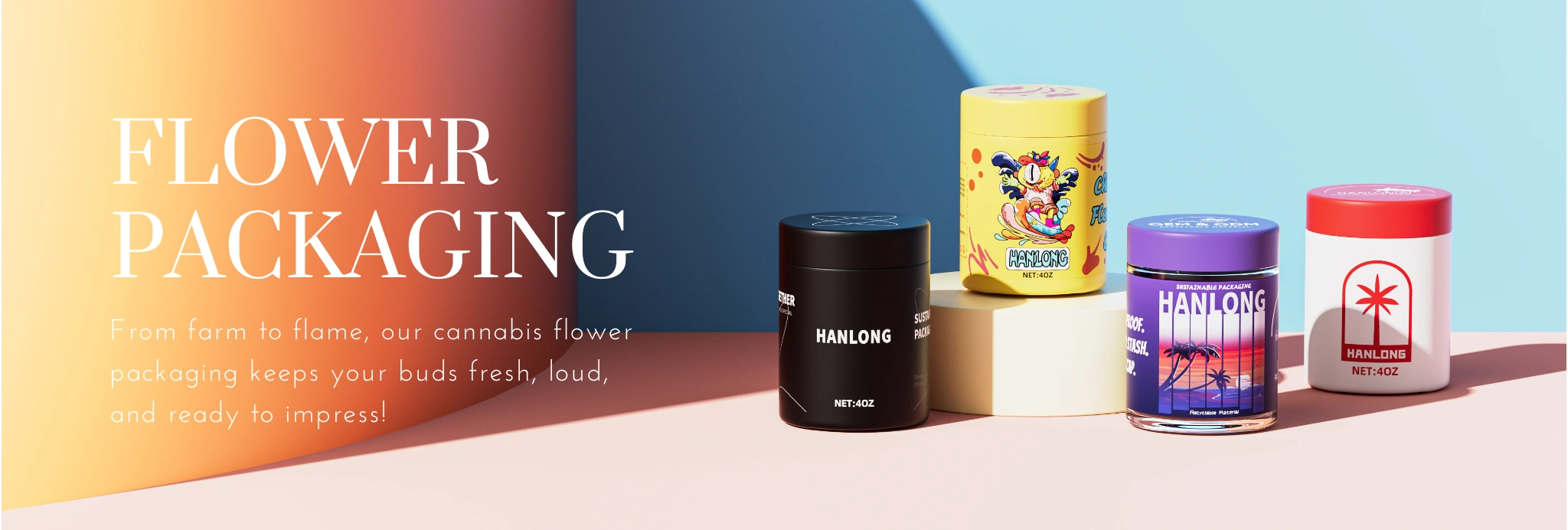
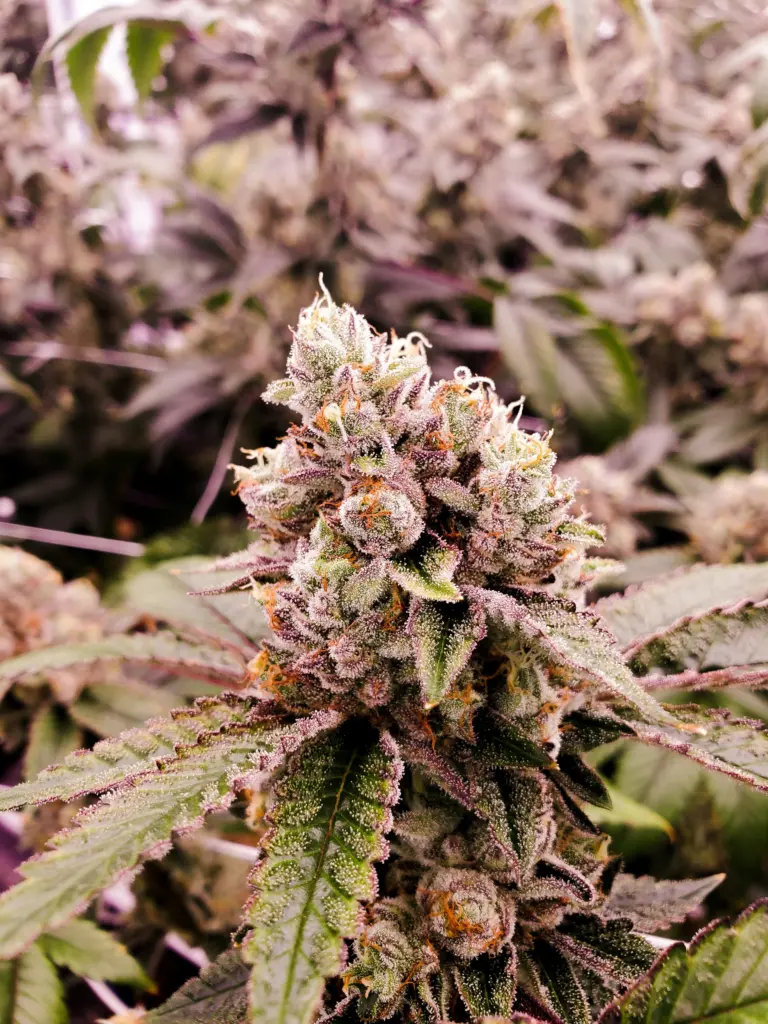
Cannabis Flower
Cannabis flower represents the pinnacle of the plant’s natural expression, containing the highest concentrations of cannabinoids and terpenes that define each strain’s unique character. These dense, resinous buds are the culmination of months of careful cultivation, delivering the full spectrum of therapeutic and recreational benefits that cannabis enthusiasts seek.
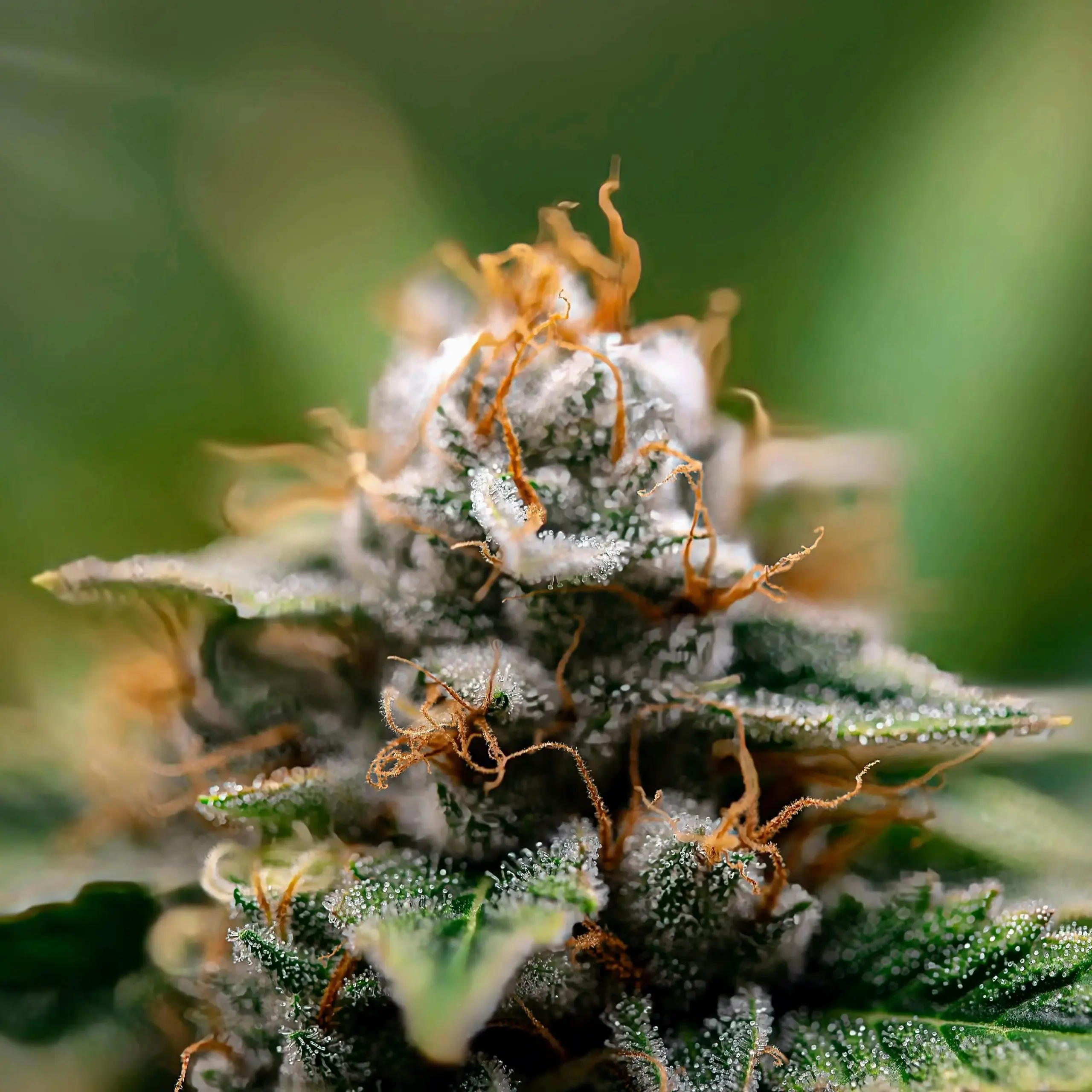
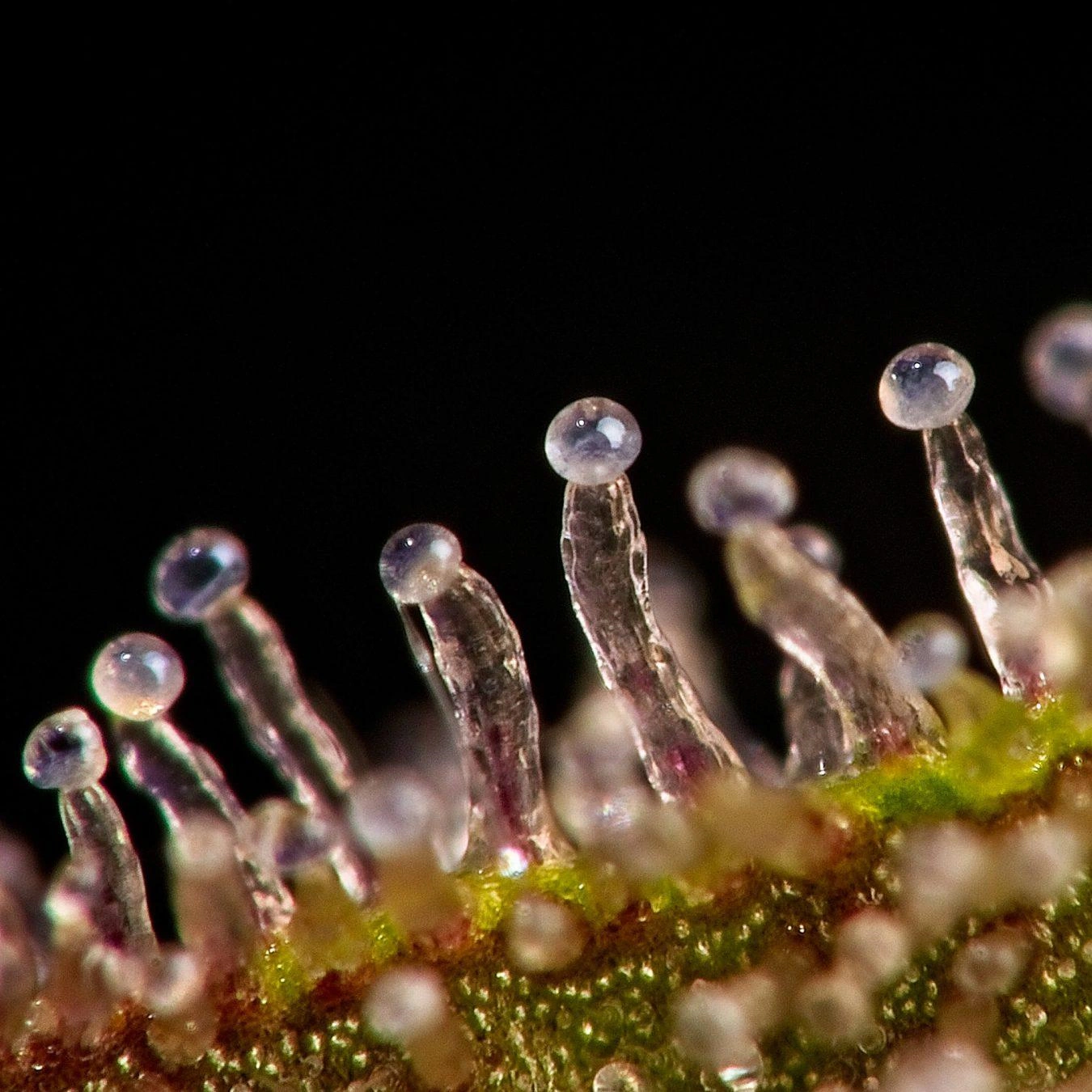
Trichome Coverage


Aromatic Complexity


Moisture Sensitivity
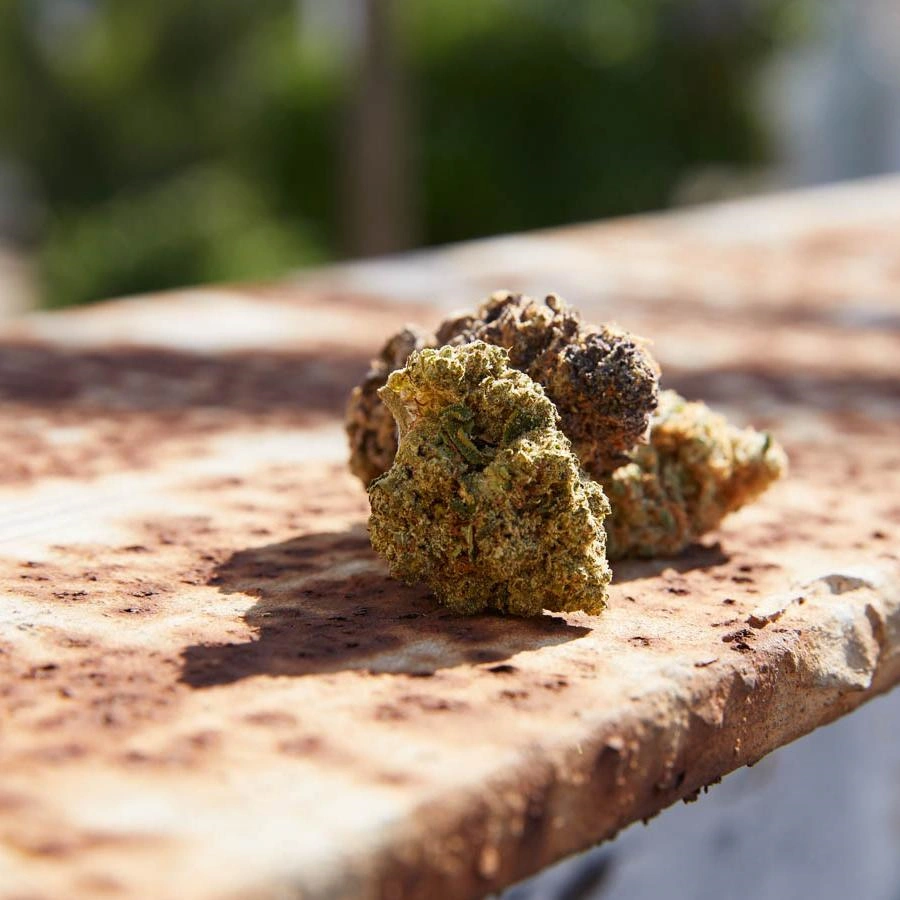
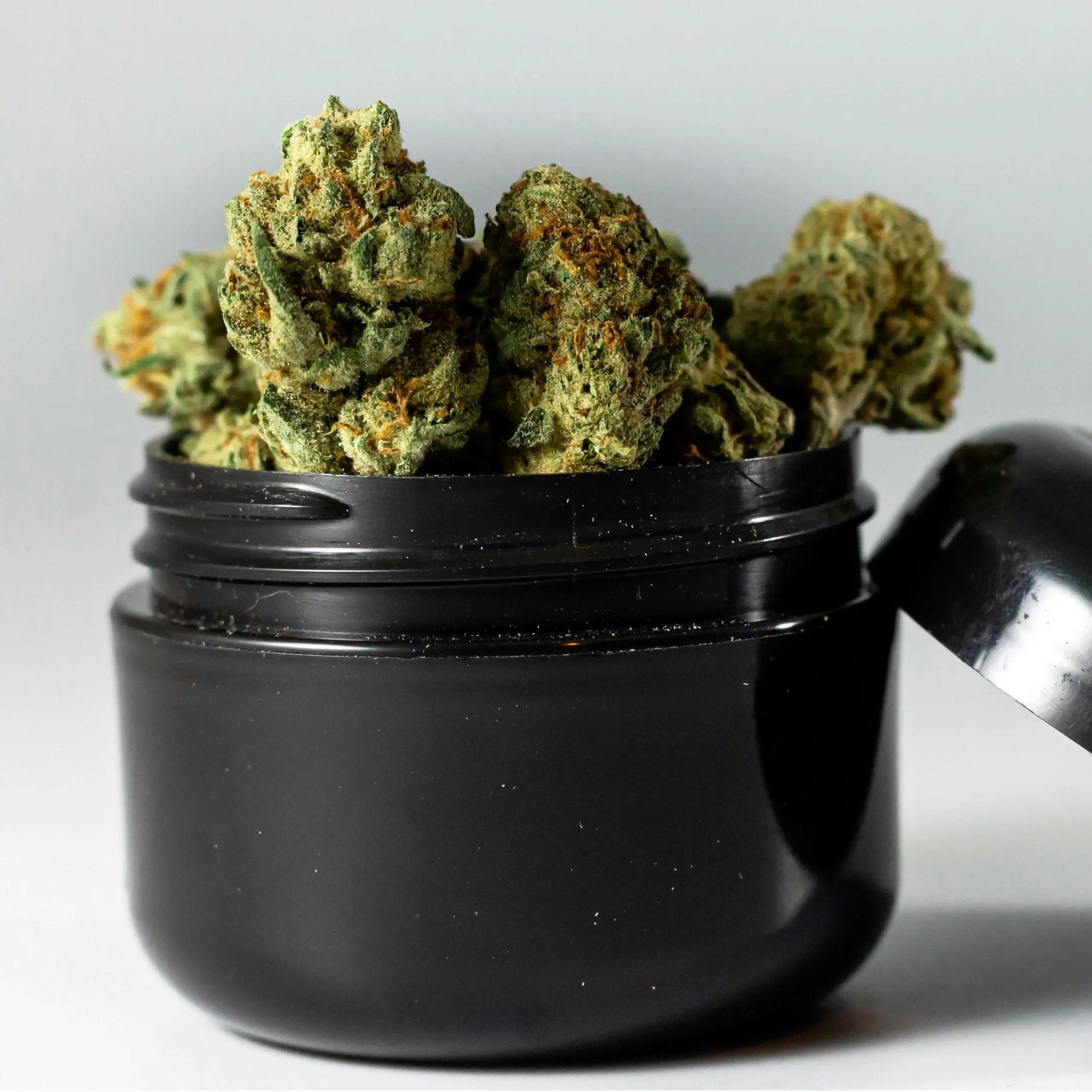
Light and Oxidation Vulnerability
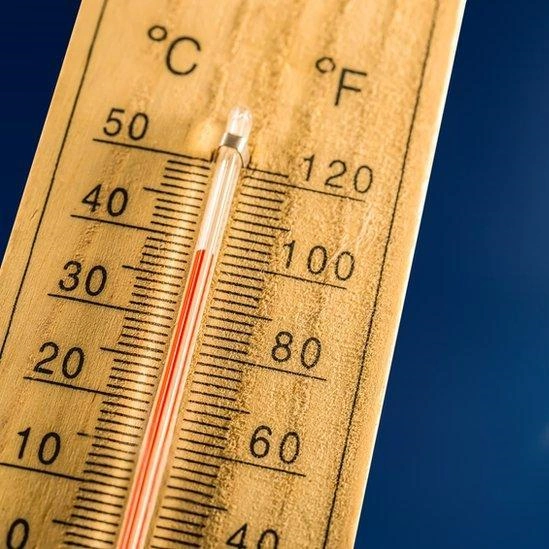
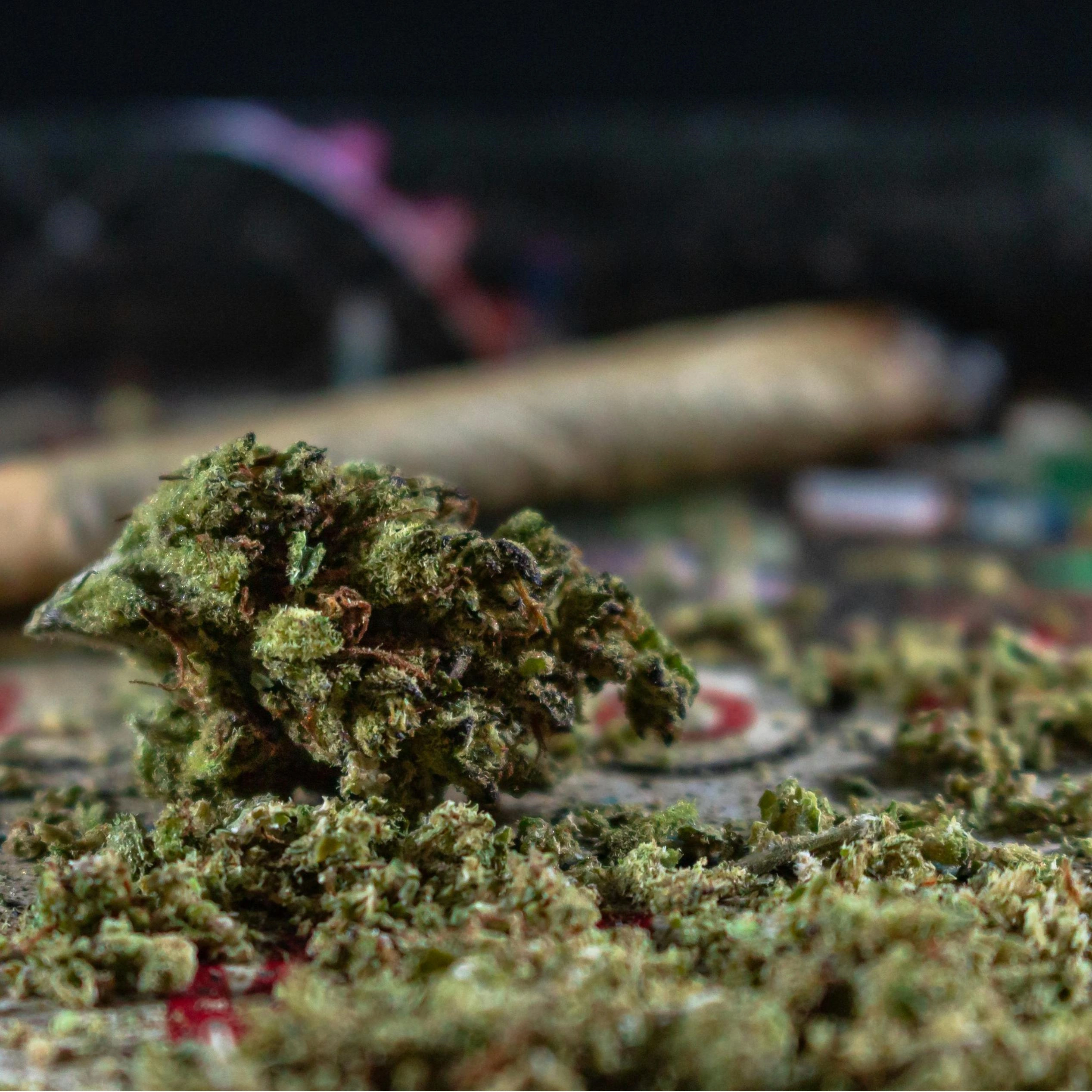
Physical Fragility
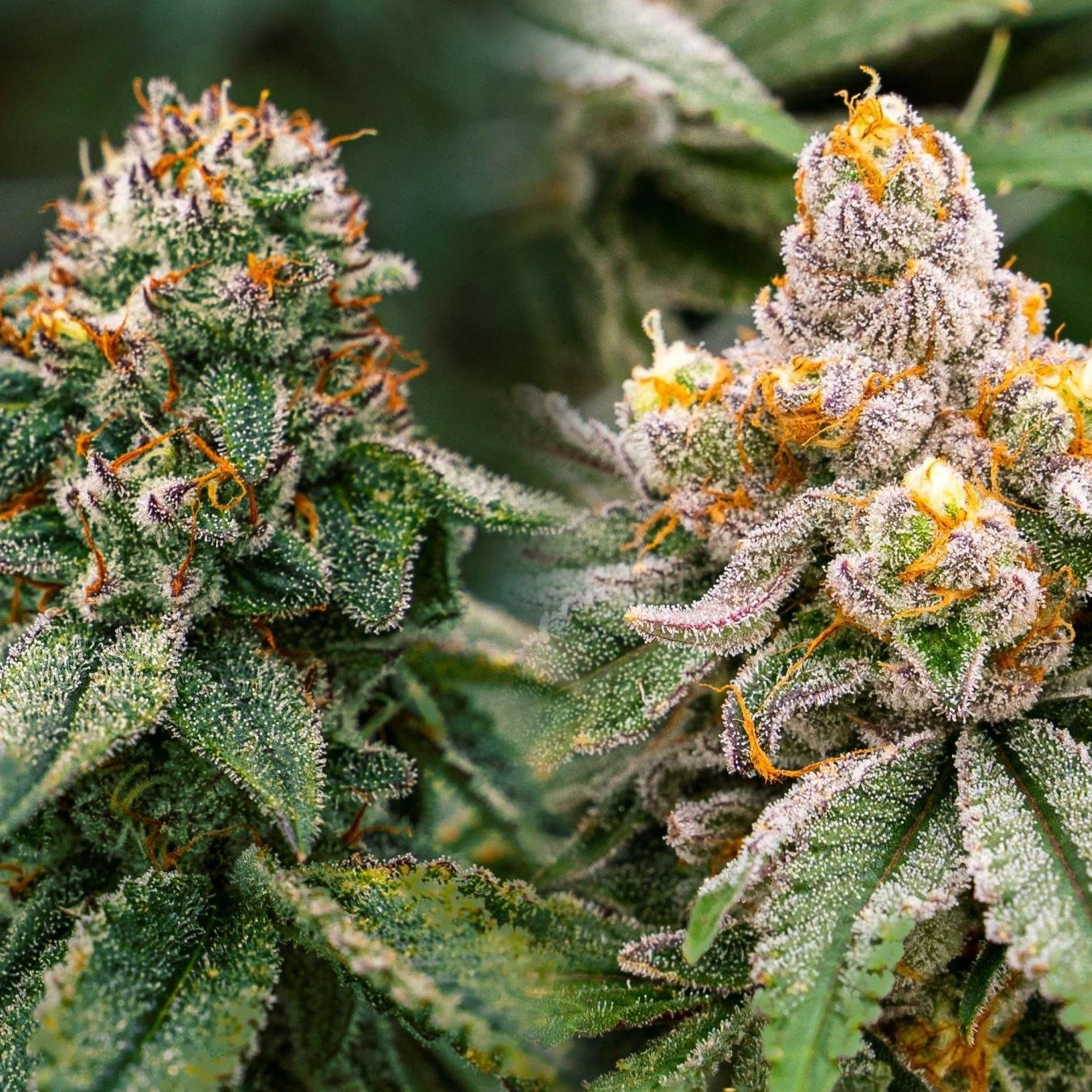
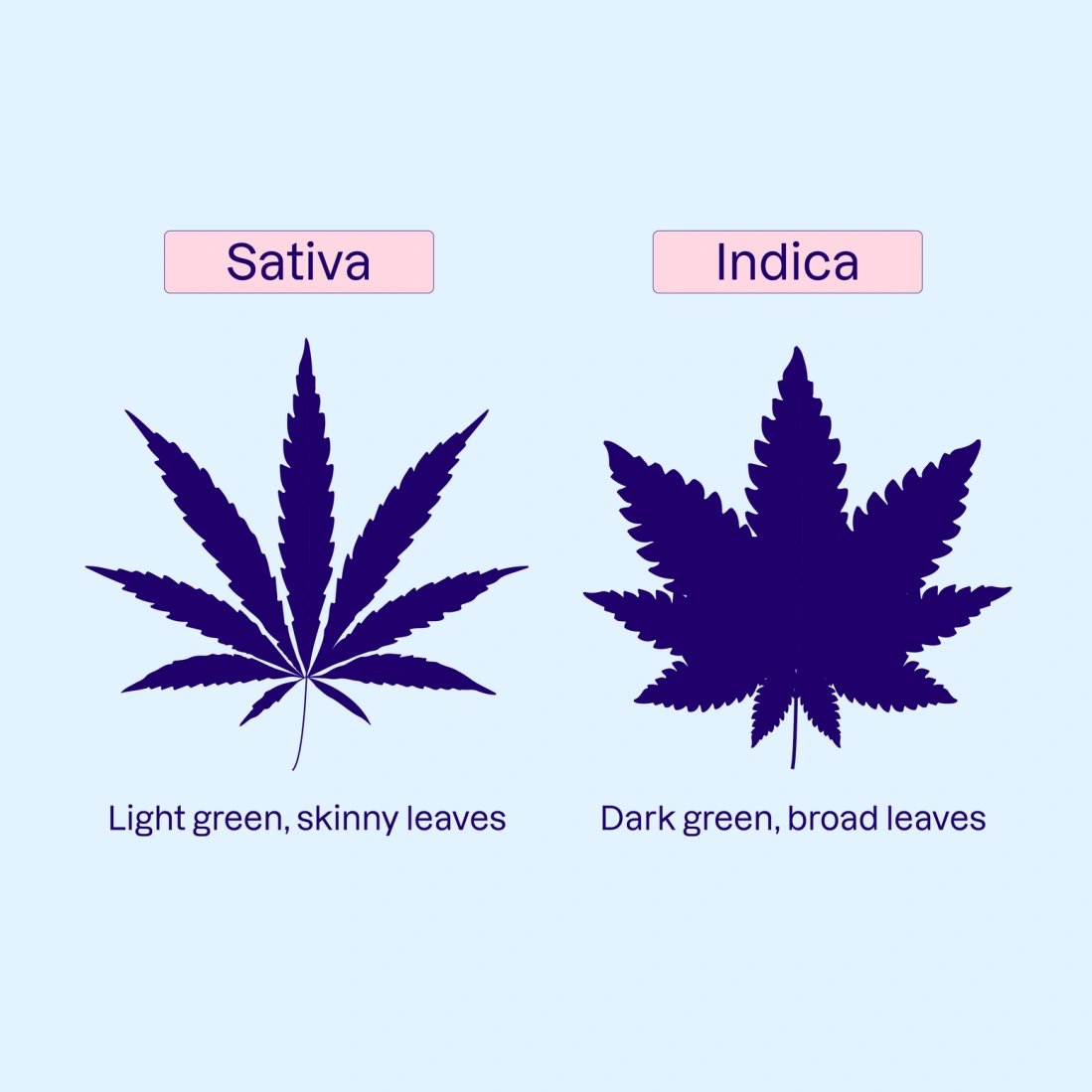
Strain Diversity
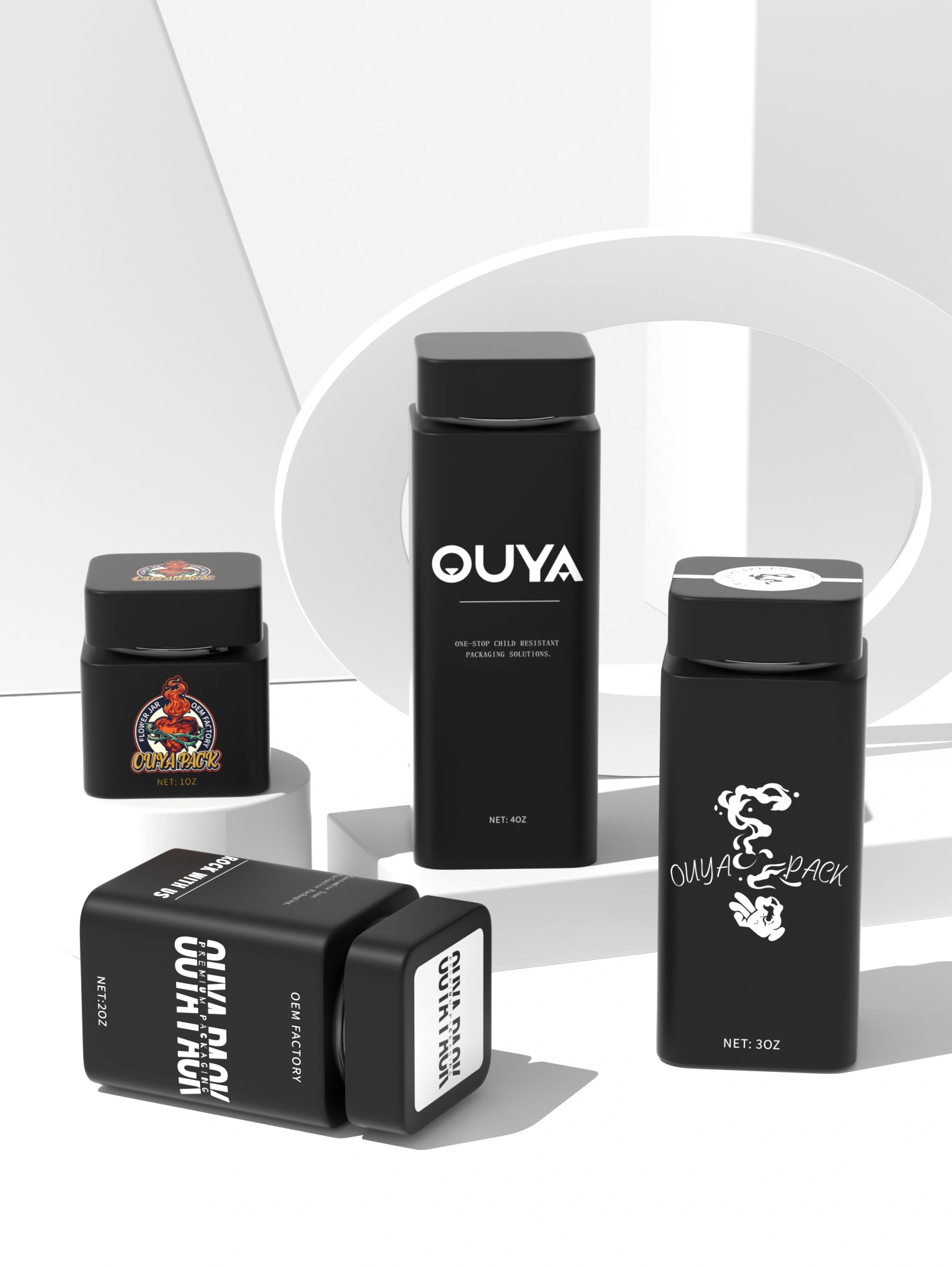
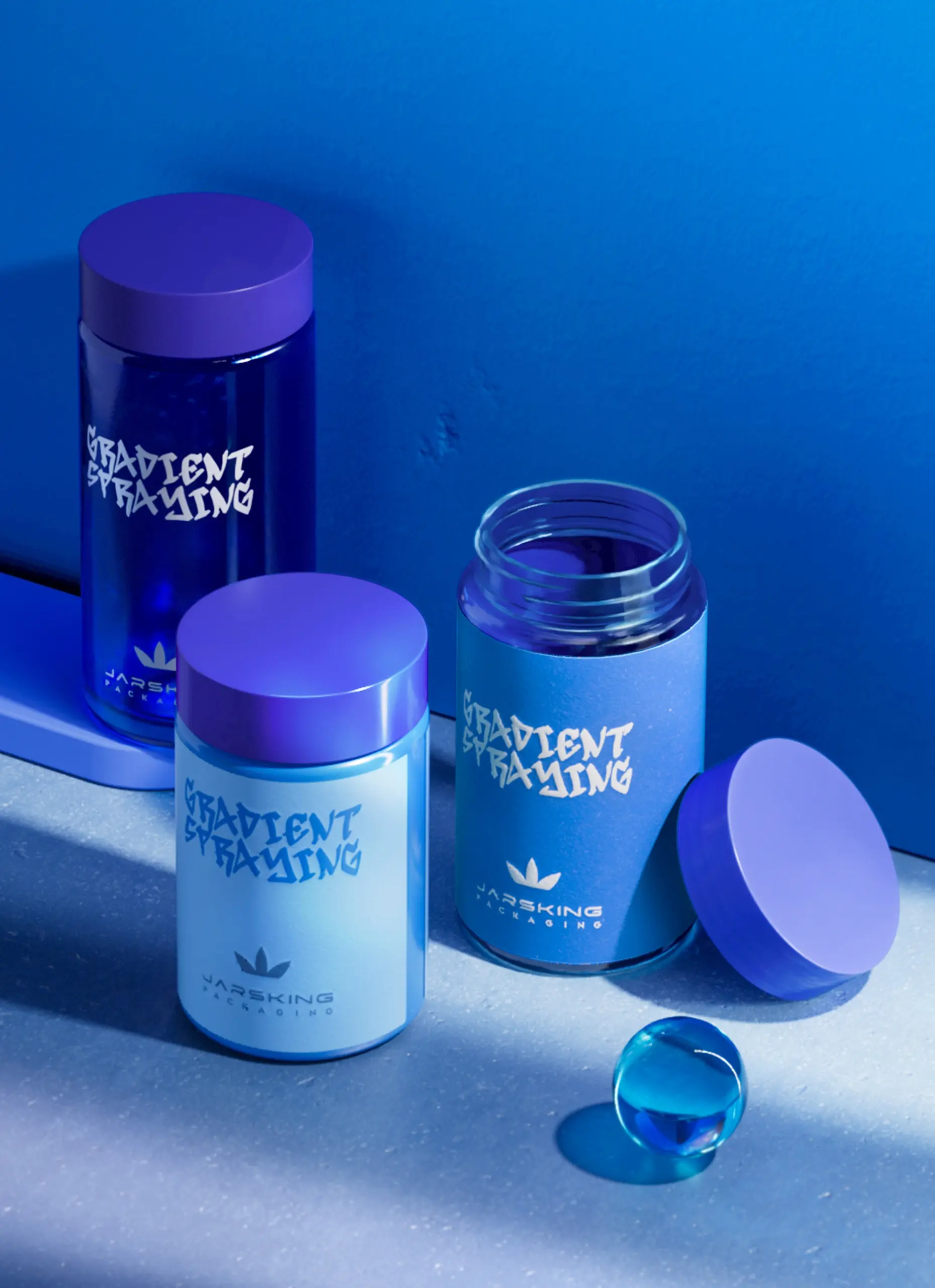

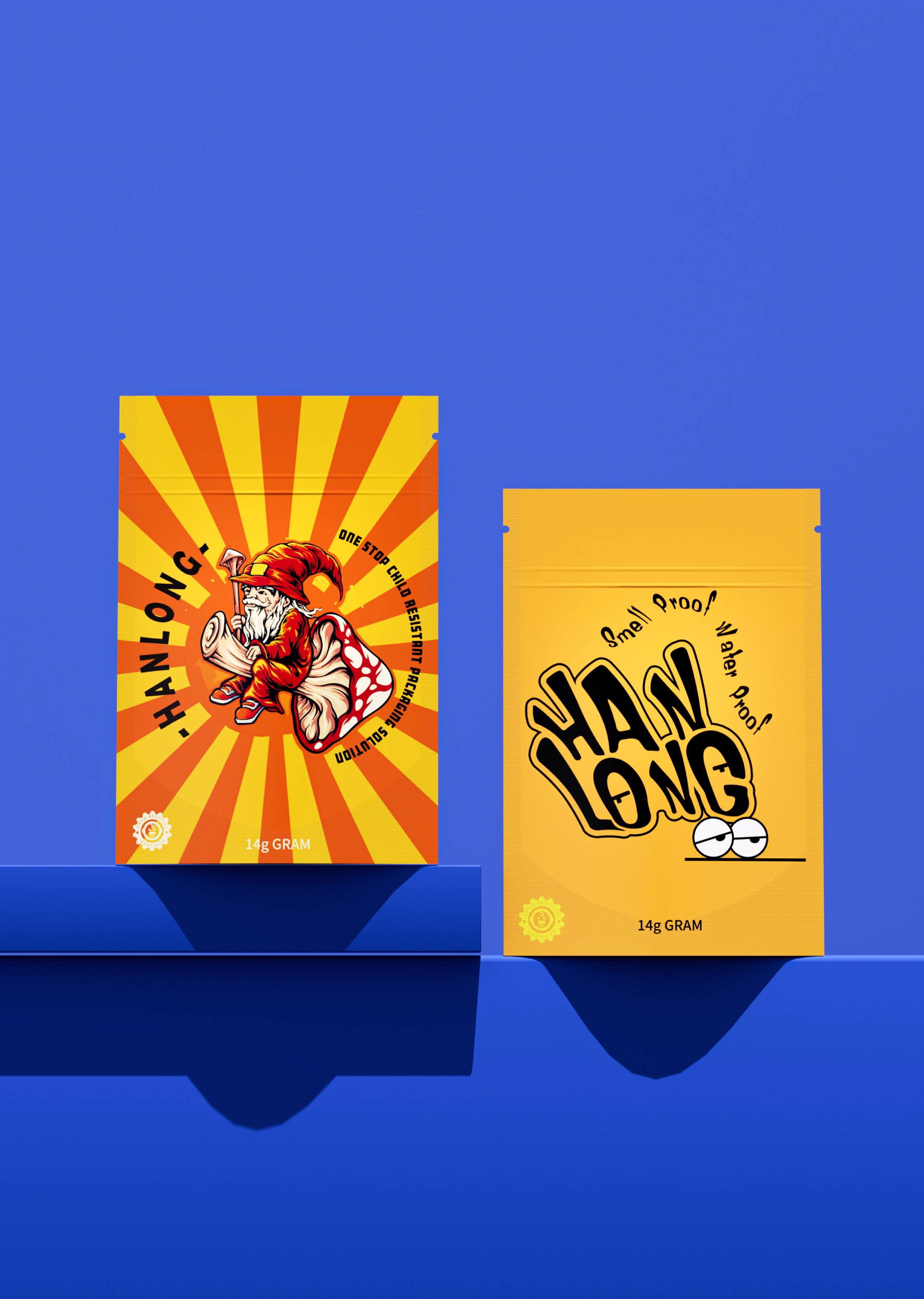
From Cultivation to Consumer
Advanced Cannabis Flower Packaging by Ghettopac
Requirement:
Cannabis flower compounds are vulnerable to light exposure, particularly UV radiation, which breaks down THC, CBD, and essential terpenes. Packaging must provide adequate light protection to preserve cannabinoid profiles and prevent quality deterioration during storage and retail display.
Ghettopac Solution:
Our light-blocking packaging solutions include amber glass containers, opaque metal tins, and plastic jars with color coating surface finish. These specialized materials and post-processing decorations effectively shield cannabis flower from harmful light wavelengths, maintaining product potency and aromatic compounds throughout the supply chain.
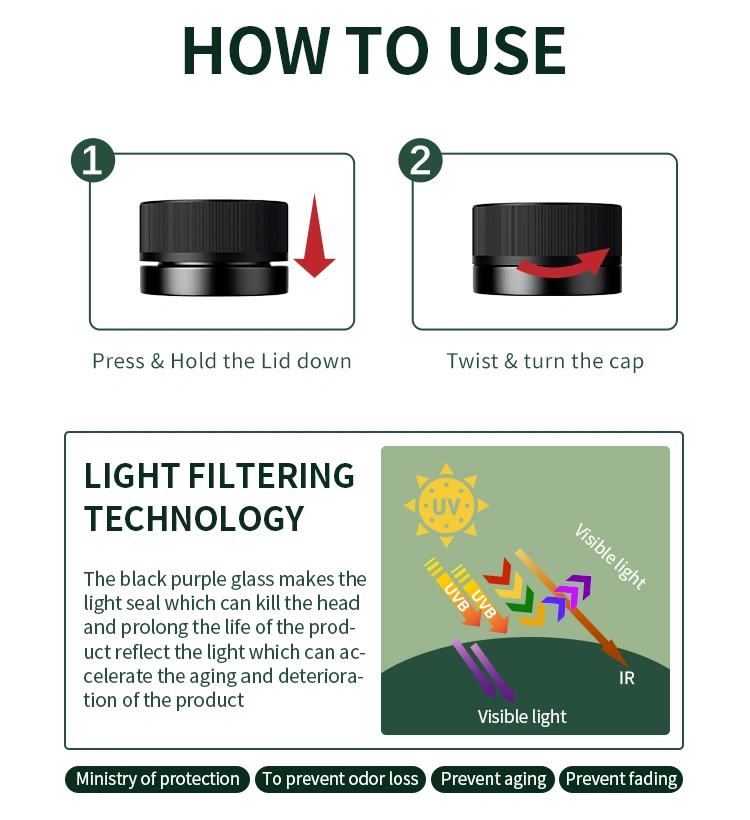
Requirement:
Cannabis flower requires precise moisture levels between 55-62% relative humidity to prevent mold growth from excess moisture or terpene degradation from over-drying. Packaging systems must regulate internal humidity while preventing external moisture infiltration.
Ghettopac Solution:
Our containers have option of built-in humidity regulation systems with designated spaces for two-way moisture control packets. Combined with airtight sealing technology in our jars and tins, these designs maintain optimal flower condition and prevent environmental moisture damage.
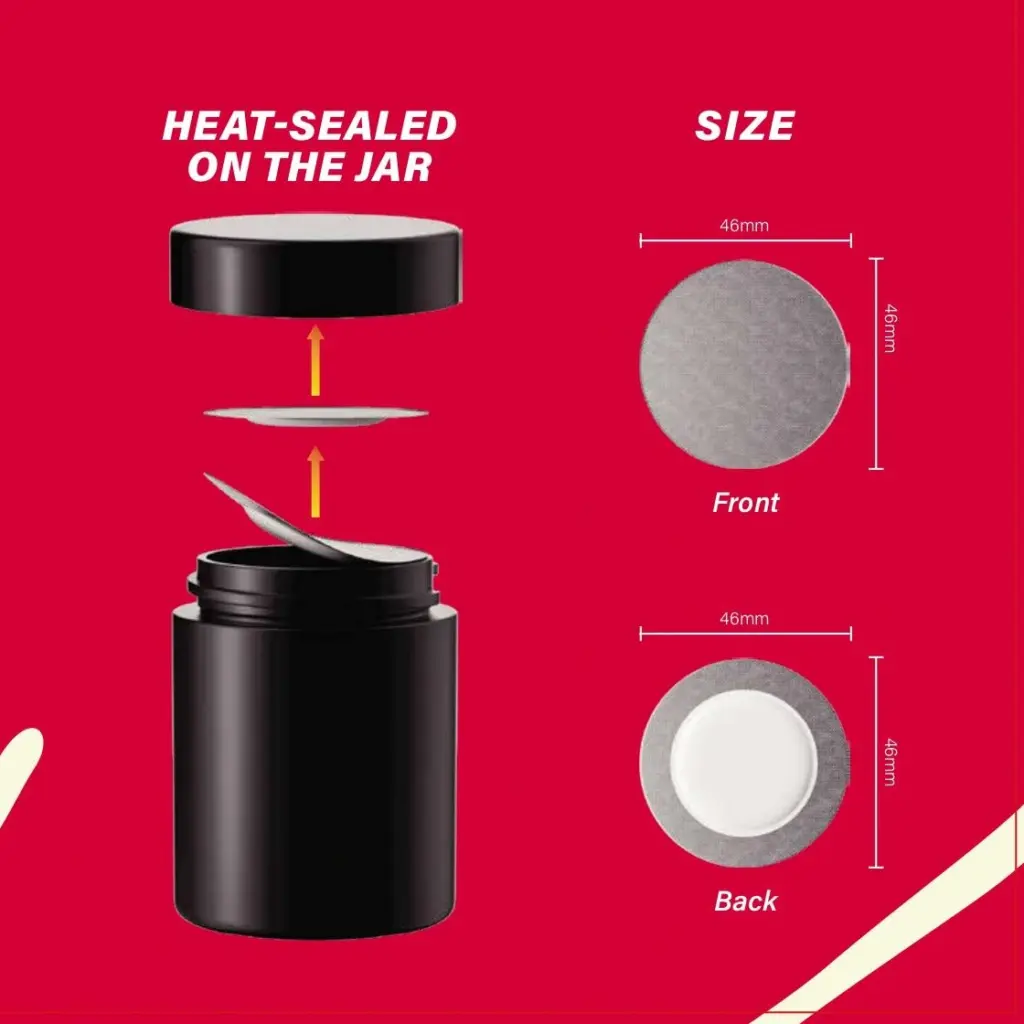
Requirement:
Cannabis packaging must incorporate child-resistant features that prevent access by children under five years old while remaining operable by adults, including those with arthritis or limited dexterity. This safety requirement is federally mandated across all legal cannabis markets.
Ghettopac Solution:
We manufacture ASTM-certified child-resistant closures including push-and-turn caps, squeeze-to-open mechanisms, and multi-step opening systems. Our designs undergo rigorous testing to ensure they meet safety standards while providing reasonable adult accessibility.
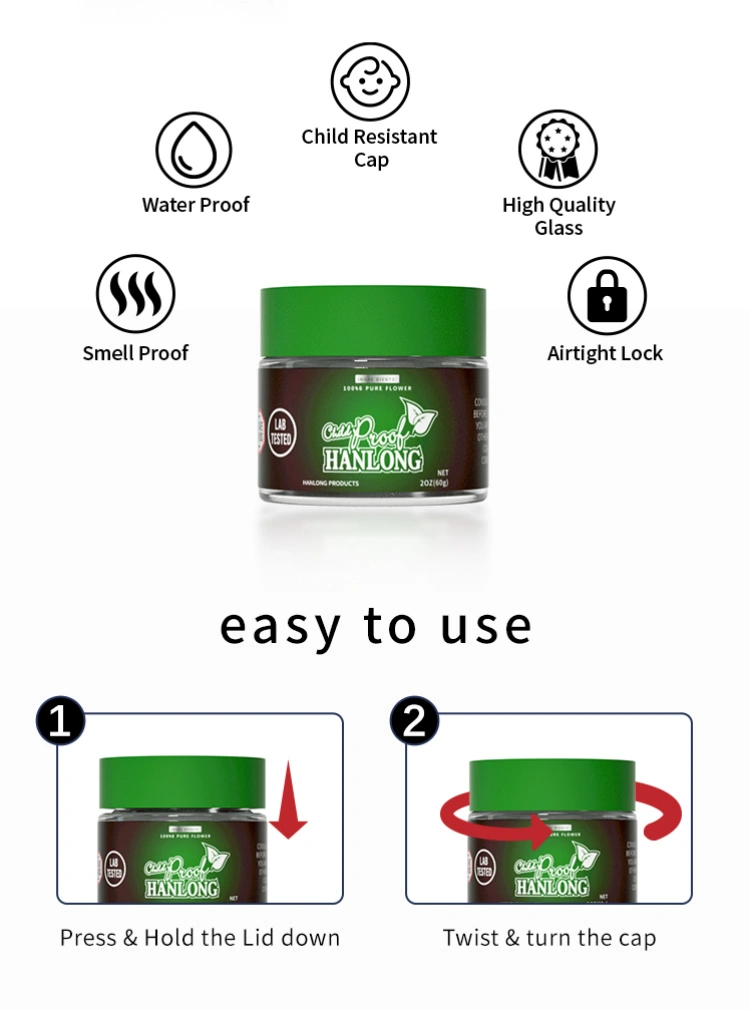
Requirement:
Regulations require visible evidence of package tampering to protect consumers and ensure product authenticity. Cannabis packaging must clearly indicate if containers have been opened or compromised before reaching the end consumer.
Ghettopac Solution:
Our packaging incorporates multiple tamper-evident technologies including heat-induction seals, breakaway bands, and destructible closures. These security features provide unmistakable visual confirmation of package integrity and regulatory compliance.
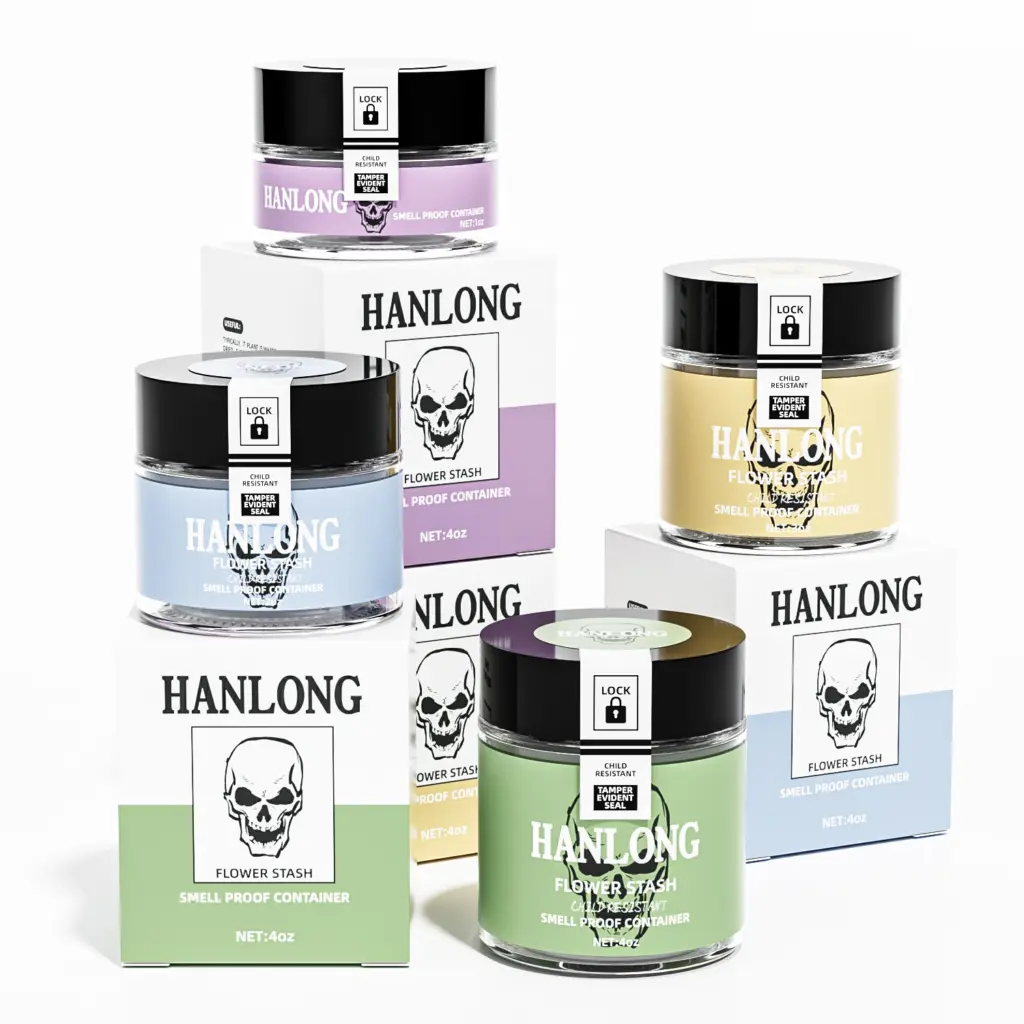
Requirement:
Cannabis flower produces potent aromatic compounds that must be contained within packaging to maintain discretion, prevent cross-contamination, and comply with public consumption laws. Effective scent barriers are essential for consumer privacy and regulatory adherence.
Ghettopac Solution:
We utilize advanced barrier technologies including multi-layer mylar construction, hermetically sealed glass systems, and gasket-enhanced closures. Our scent-proof designs prevent odor transmission while preserving the full aromatic profile within the package.
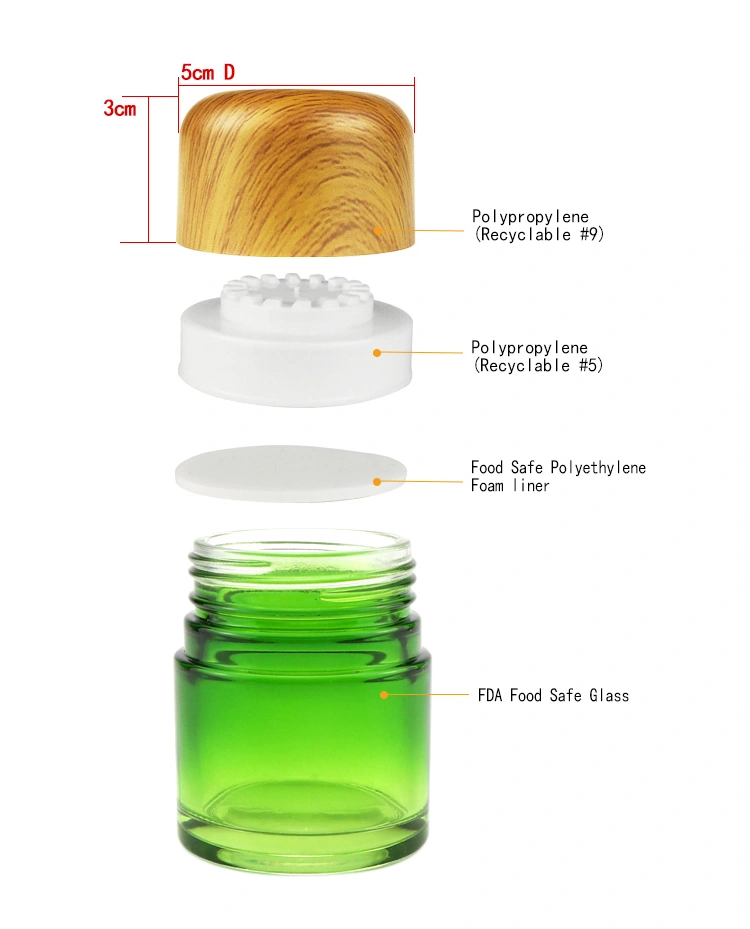
Requirement:
Cannabis products must display comprehensive labeling including potency data, cultivation information, safety warnings, and tracking identifiers. This information must be legible, permanent, and positioned according to specific regulatory guidelines for consumer safety and supply chain monitoring.
Ghettopac Solution:
Our integrated labeling systems provide custom printing capabilities with variable data technology for batch-specific information. We ensure compliant font sizes, warning placement, and tracking code integration while maintaining professional package aesthetics.
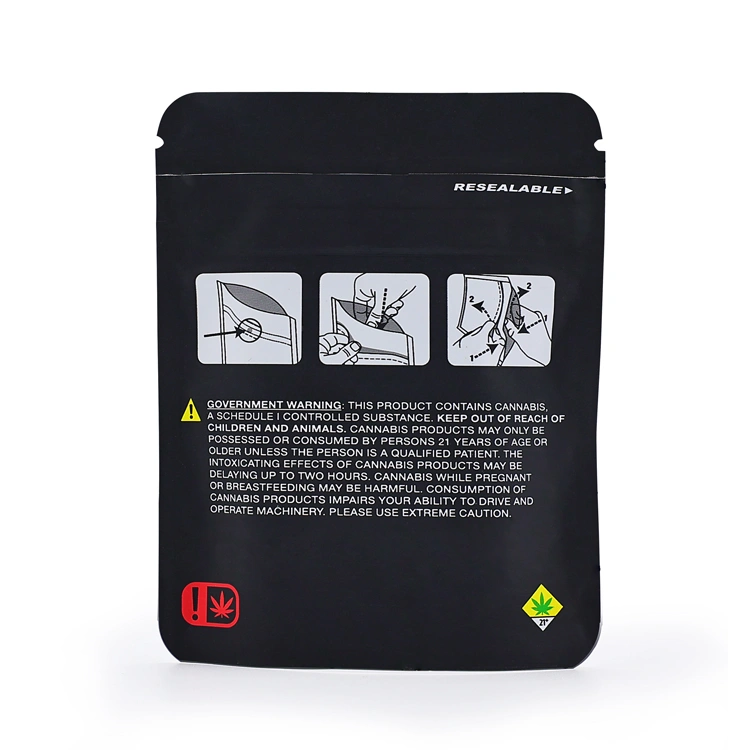
Requirement:
Cannabis consumers typically use flower products over multiple sessions, requiring packaging that maintains product freshness and quality after initial opening. Effective resealing capabilities prevent staleness, contamination, and aroma loss between uses.
Ghettopac Solution:
We engineer durable resealing mechanisms including threaded jar closures, snap-fit tin lids, and reinforced zipper systems for flexible packaging. Our closures are tested for hundreds of open-close cycles while maintaining airtight performance and product protection.
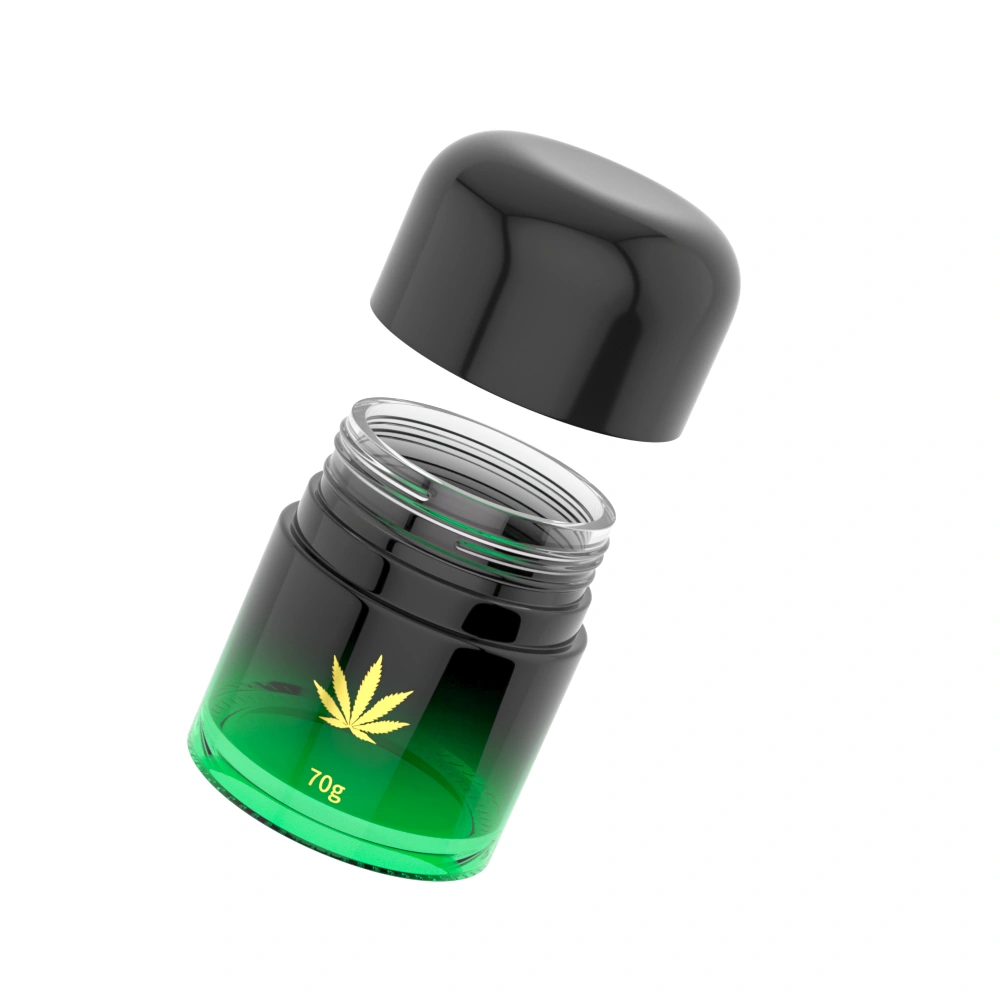
Legal Compliance Essentials for Cannabis Flower Packaging
Poison Prevention Packaging Act (PPPA) Standards
The Consumer Product Safety Commission (CPSC) enforces federal child-resistant packaging standards under 16 CFR 1700.15(b)(1). All cannabis flower packaging must meet PPPA certification requirements, which mandate that containers be significantly difficult for children under five years old to open while remaining accessible to adults.
PPPA compliance requires two testing phases:
-
Child-resistance testing: 85% of children (ages 42-51 months) must fail to open packages within 5 minutes
-
Adult accessibility testing: 90% of adults (ages 50-70) must successfully open containers within one minute
Certification Categories
Single-Use (Initial CRP): Packaging maintains child-resistance only before first opening and must include the warning “This package is not child-resistant after opening”.
Multiple-Use (Lifetime CRP): Packaging maintains child-resistance throughout repeated openings and closings, ideal for cannabis flower containers requiring multiple access.
-
Child-Resistant Mechanisms
All cannabis flower packaging must incorporate certified child-resistant features. Acceptable mechanisms include:
-
Push-and-turn caps with ASTM D3475 certification
-
Squeeze-to-open systems requiring simultaneous actions
-
Multi-step opening mechanisms preventing single-motion access
-
Pry-off metal crown cork-style bottle caps (single serving only)
-
Heat-sealed plastic packaging at least 4 mils thick without easy-open features
-
Tamper-Evident Requirements
Cannabis goods must be packaged in tamper-evident containers providing unmistakable visual confirmation of package integrity. Compliance options include:
-
Heat-induction seals that break upon first opening
-
Breakaway bands that separate from container when tampered
-
Destructible closures showing clear evidence of access attempts
-
Shrink bands or films that tear when removed
-
Universal Cannabis Symbols
California mandates the universal cannabis symbol on all primary panels, measuring at least ½ inch by ½ inch in size. The symbol cannot be altered except for scaling, and must be prominently displayed to alert consumers that products contain cannabis.
Colorado requires the ASTM International Intoxicating Cannabinoid Product Symbol (D8441/D8441M) for products containing intoxicating cannabinoids.
Primary Panel Requirements
The primary panel (portion most likely displayed to consumers) must include:
-
Universal cannabis symbol meeting size specifications
-
Product brand name and type identification
-
Net weight or quantity contained
-
Child-resistant warning statements
-
Manufacturer identification and license numbers
-
Informational Panel Specifications
Comprehensive product information must appear on secondary labeling:
-
THC and CBD content percentages or milligrams
-
Complete ingredient lists in order of abundance
-
Batch numbers linking to tracking systems
-
Harvest and manufacturing dates
-
Laboratory testing information and certificate links
-
Cultivation facility details and license numbers
-
Health Warning Requirements
All cannabis flower packaging must display specific health warnings. Required warning content varies by state but commonly includes:
Standard warnings appearing in most jurisdictions:
-
“Keep out of reach of children”
-
“Marijuana has intoxicating effects and may be habit forming”
-
“Do not operate vehicles or machinery under influence”
-
“Marijuana should not be used by pregnant or breastfeeding women”
-
“There are health risks associated with cannabis consumption”
Enhanced Warning Requirements
Recent 2024 regulatory updates require expanded warnings in select states:
-
Mental health risk disclosures (required in only 2 of 20 recreational states as of 2024)
-
High potency product warnings for elevated THC content
-
Onset time warnings for delayed effects
-
Pregnancy-specific warnings about birth defects
-
Opacity and Visibility Standards
Product Visibility Restrictions
Opacity requirements vary significantly by state and product type:
-
California requires opaque packaging for edibles only
-
Alaska mandates opaque exit packaging for all cannabis products
-
Some jurisdictions require completely opaque containers preventing product visibility
-
Medical cannabis programs may have different opacity standards than recreational markets
Discrete Packaging Requirements
Many states mandate packaging that reduces public visibility:
-
Non-transparent materials for retail display compliance
-
Opaque containers preventing identification of contents from exterior
-
Restrictions on packaging that might appeal to minors through color or design
-
Testing and Certification Documentation
Laboratory Testing Requirements
All cannabis flower must undergo comprehensive testing before packaging:
-
Potency testing for cannabinoid profiles and accurate labeling
-
Contaminant screening for pesticides, heavy metals, and microbials
-
Water activity testing ensuring safe moisture levels
-
Certificate of Analysis (COA) documentation linking to batch tracking
Packaging Material Safety
Cannabis packaging components undergo material safety evaluation:
-
Migration testing for heavy metal leaching into products
-
Food-grade certification ensuring consumer safety
-
Chemical compatibility testing preventing product contamination
-
Enforcement and Penalties
Compliance Monitoring
State regulatory agencies actively monitor packaging compliance through:
-
Routine facility inspections checking packaging standards
-
Product sampling and testing for label accuracy
-
Consumer complaint investigation systems
-
Supply chain tracking verification
Violation Consequences
Non-compliance penalties include:
-
Product recalls requiring complete market removal
-
Financial penalties ranging from hundreds to thousands of dollars
-
License suspension or revocation for repeated violations
-
Mandatory corrective action plans and increased oversight
-
Emerging Regulatory Trends (2025)
Federal Rescheduling Impact
Potential federal rescheduling from Schedule I to Schedule III could significantly alter compliance requirements, though the rescheduling process has been delayed due to ongoing legal reviews.
State Market Expansions
New market launches require compliant packaging solutions:
-
Kentucky launching medical cannabis program in 2025
-
Virginia considering retail cannabis legalization
-
Hawaii, Indiana, and Tennessee introducing new cannabis legislation
Technology Integration Requirements
Advanced tracking and verification systems becoming mandatory:
-
QR codes linking to comprehensive product databases
-
Real-time inventory tracking integration
-
Digital certificate of analysis accessibility
-
Enhanced supply chain transparency requirements
-
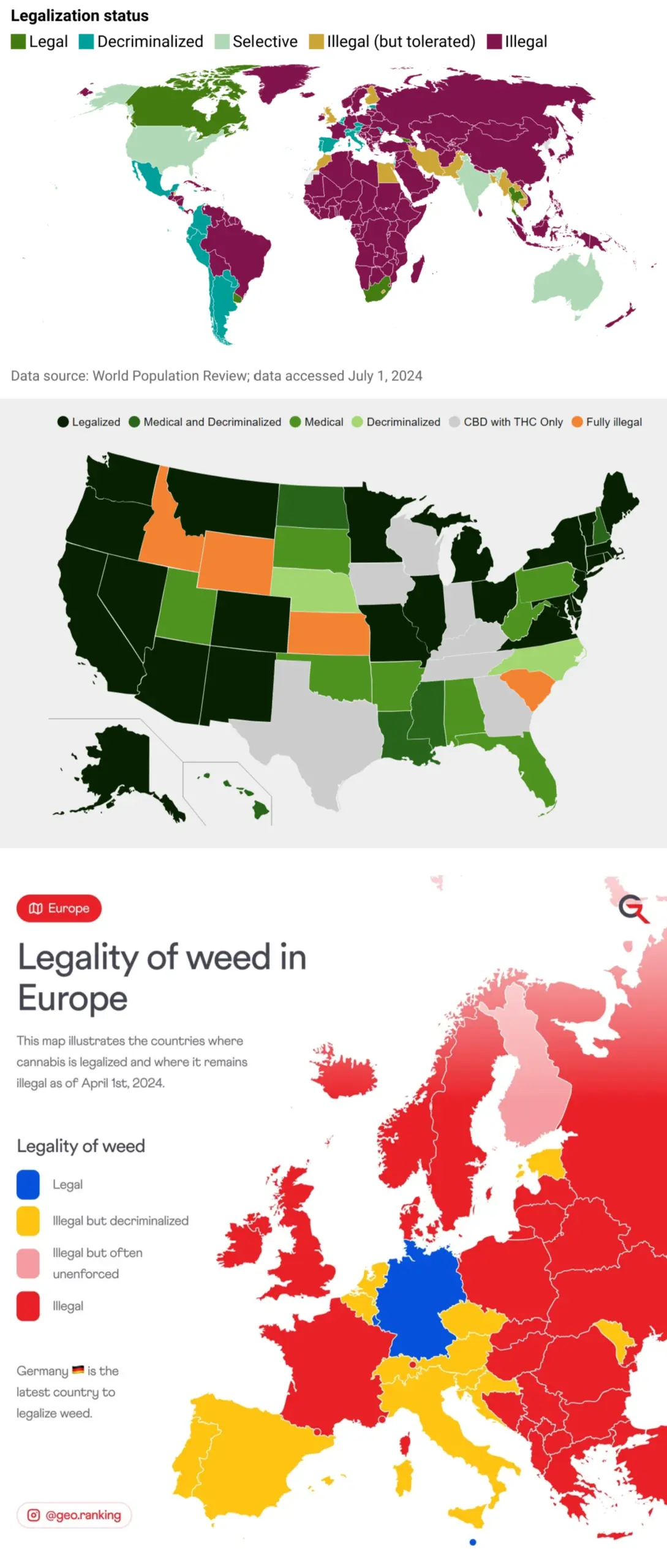
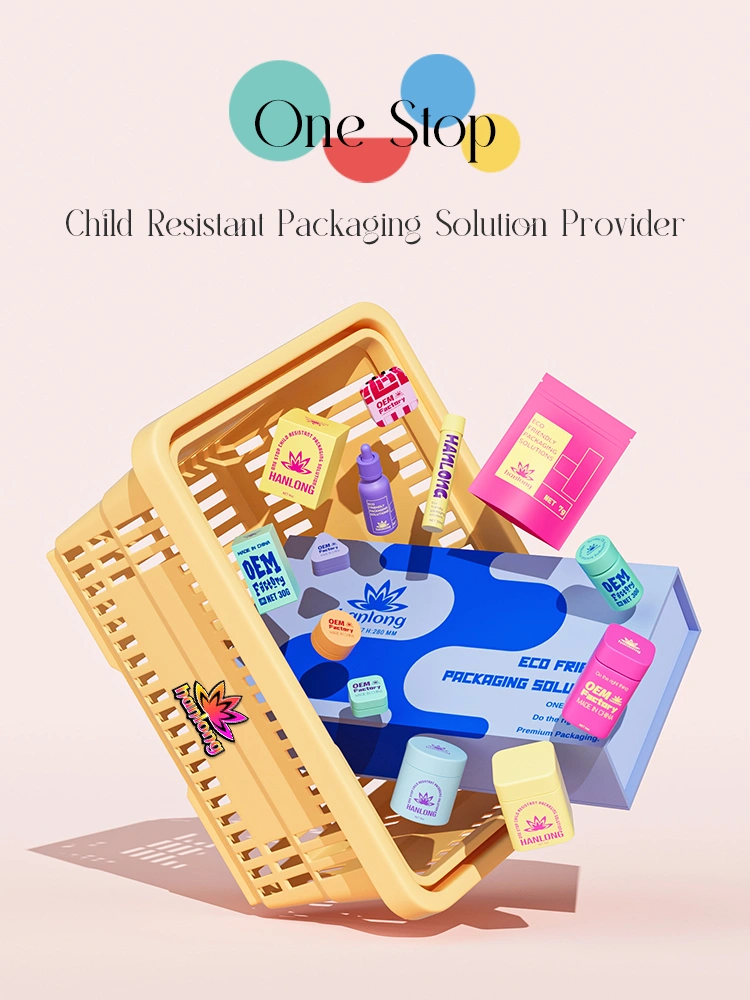
FAQ
What are the essential child-resistant packaging requirements for flower?
Cannabis flower packaging must be child-resistant according to ASTM standards, making it difficult for children under five to open within a reasonable timeframe while remaining accessible to adults. Common mechanisms include push-and-turn caps, squeeze-to-open designs, and multi-step opening systems. All child-resistant packaging must be certified and tested to meet Consumer Product Safety Commission (CPSC) standards. The packaging should also accommodate adults with limited dexterity, including elderly consumers with arthritis.
Do state regulations for cannabis packaging vary significantly?
Yes, state-by-state variations create complex compliance challenges. California requires opaque packaging and specific warning placements, while Colorado mandates particular labeling formats. Massachusetts has strict glass container requirements for certain THC products, and Maryland requires certificates of analysis on labels. Multi-state operators must navigate different requirements for warning symbols, font sizes, package colors, and visibility restrictions across jurisdictions.
What labeling information is mandatory on cannabis flower packaging?
Required labeling elements typically include THC and CBD content percentages, government warning statements in capital and bold letters, net weight, cultivation facility details, batch tracking numbers, harvest dates, testing laboratory information, and unique identifiers for supply chain monitoring. The specific language, font sizes, and placement requirements vary by state, but all information must be legible, permanent, and positioned according to regulatory guidelines.
What's the optimal humidity level for cannabis flower packaging?
Cannabis flower requires 55-62% relative humidity to maintain quality. Humidity levels above this range can promote mold growth, while levels below can cause brittleness and terpene degradation. Effective packaging incorporates designated spaces for two-way humidity control packets (like Boveda or Integra packs) combined with airtight sealing to regulate internal moisture while preventing external infiltration.
How does light exposure affect cannabis flower quality?
UV radiation breaks down THC, CBD, and essential terpenes, significantly reducing potency and altering flavor profiles. Packaging must provide adequate light protection through amber or violet-tinted glass, opaque materials, or UV-filtering plastics. Even brief light exposure during storage and retail display can cause quality deterioration, making complete light blocking or UV filtering essential for maintaining cannabinoid profiles throughout the supply chain.
What temperature conditions should cannabis flower packaging maintain?
Cannabis flower should be stored at approximately 70°F (21°C) in cool, dark conditions. Higher temperatures can dry out cannabinoids and terpenes, reducing effects and flavors, while temperature fluctuations can create condensation leading to mold growth. Packaging materials should prevent temperature fluctuations and avoid locations with heat exposure that could compromise product integrity.
How much cannabis flower can different packaging sizes accommodate?
Package capacity varies significantly by flower density and moisture content. Generally, fluffy, light strains require larger containers (4 fl. oz. jars for eighths), while dense, moist buds fit in smaller packages (2 fl. oz. jars for eighths). Most businesses should request samples of various container capacities to test with their specific flower types and determine optimal sizing for different product quantities and strain characteristics.
How can packaging prevent THC potency discrepancies?
Proper barrier packaging prevents cannabinoid degradation that can create differences between labeled and actual THC content. Studies show that average observed THC potency was 23.1% lower than labeled values, often due to inadequate packaging protection. Effective packaging maintains product integrity through light protection, airtight sealing, and moisture control, ensuring that tested potency levels remain accurate throughout the product’s shelf life.
Should cannabis businesses invest in automated packaging equipment?
Automated filling equipment ensures consistent quality while reducing labor costs, becoming valuable as operations scale beyond manual capabilities. However, partnering with a reliable packaging supplier maximizes automation benefits through equipment compatibility, technical support, and training. Smaller operations can start manually but should establish supplier relationships early for seamless transitions to automation as volume grows.
